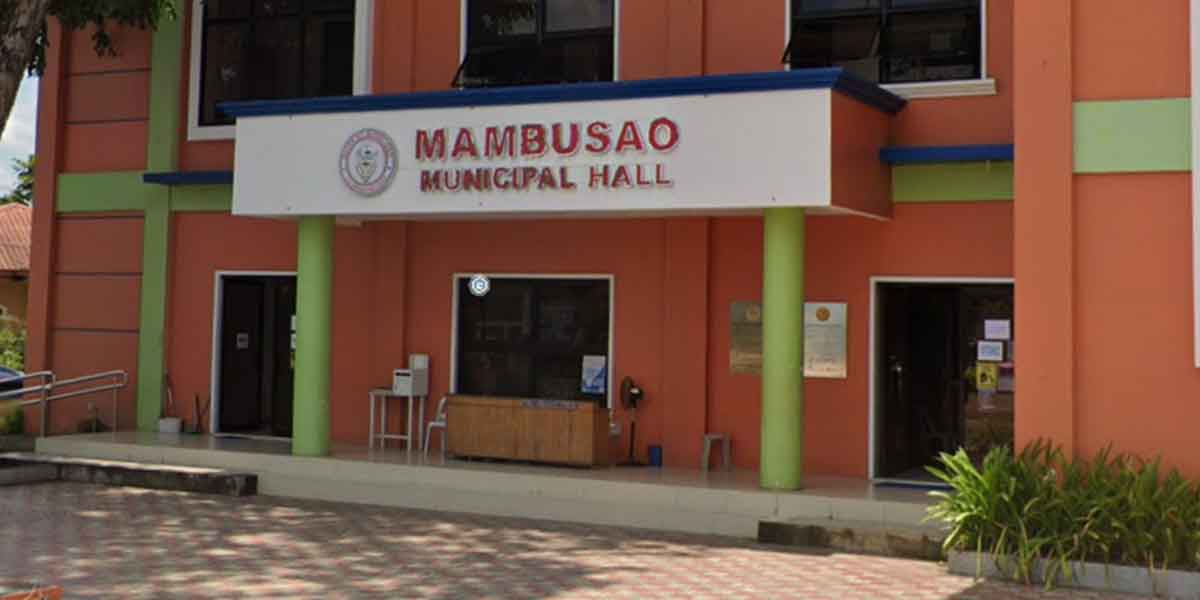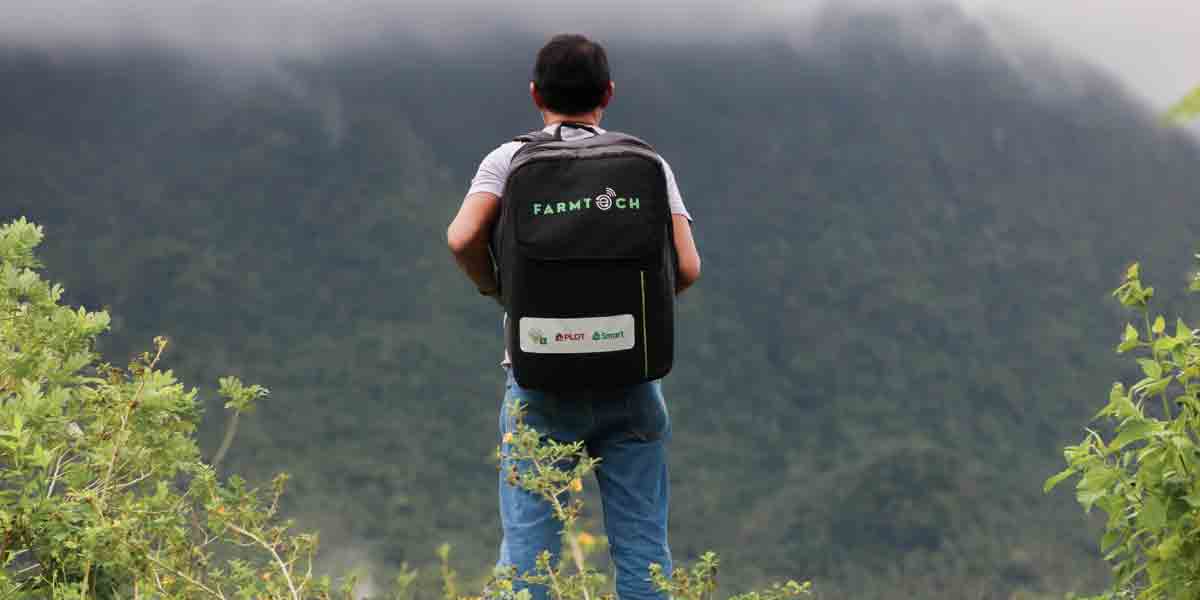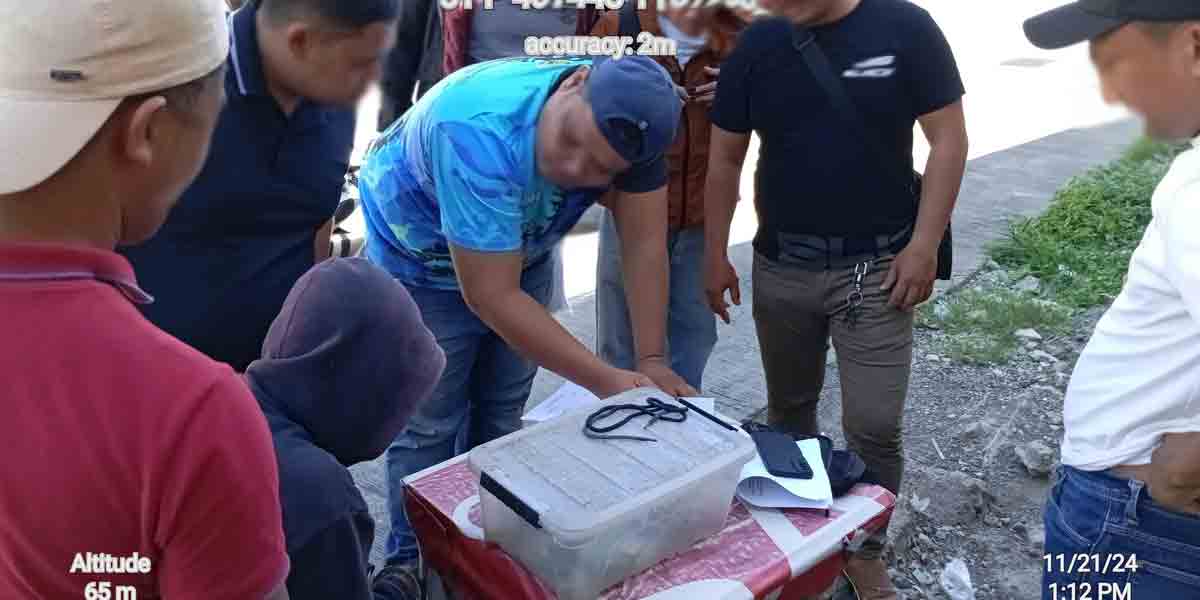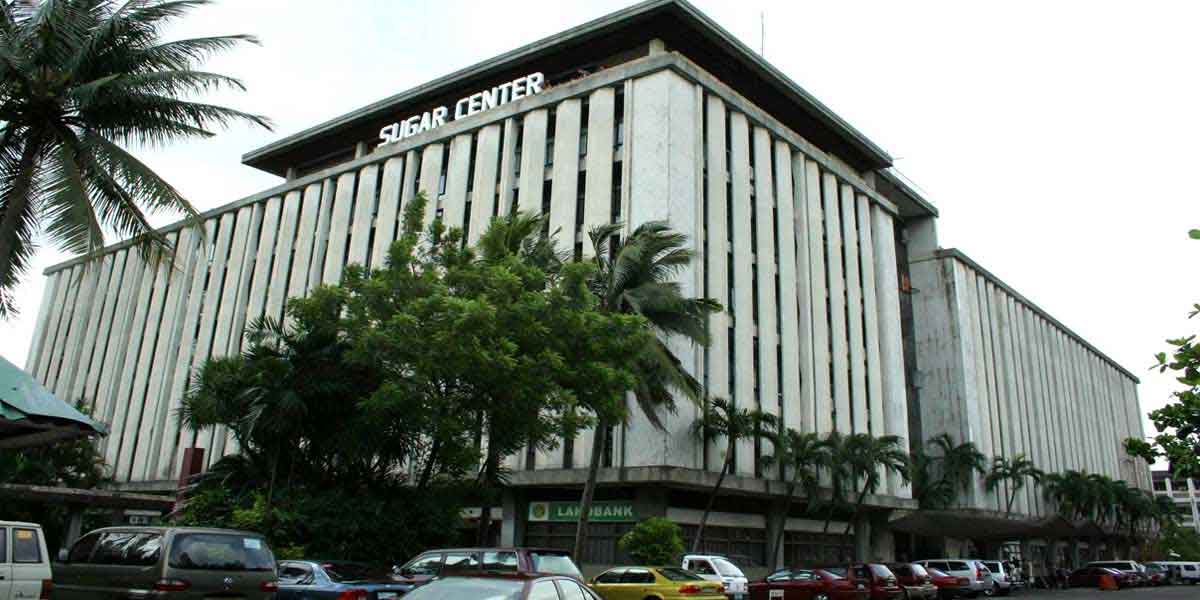As the government ramps up vaccination of essential workers, Senator Joel Villanueva calls on the IATF to continue keeping a separate scoresheet for vaccines administered to a sector that is key to our economic recovery.
“We need to disaggregate the numbers and monitor effectively to give us a clearer picture as to where we are in our vaccination drive,” said Villanueva, chair of the Senate labor committee, who pushed for the inclusion of essential workers and economic frontliners in the government’s vaccination priority list. Both sectors are now included in the A4 priority list.
“Hindi po ba uso ang term na ‘granular’ ngayon? I-apply po natin iyan sa mga manggagawa sa A4 priority list dahil sila ang bumubuhay sa nakalugmok nating ekonomiya,” he continued.
“The data on the A4 priority who have been vaccinated must be highlighted because it is an important indicator,” he added.
There are an estimated 35.5 million essential frontline workers. But as of June 6, only 4,559 people belonging to the A4 classification have been fully vaccinated
“This is the running count that must be highlighted. Kung meron po tayong scoreboard, dapat headline numbers ‘yang sa A4. Unang titingnan sa umaga at huling sisilipin sa gabi,” Villanueva said.
The latest report from DOH indicates that the “vaccination speed” has not picked up.
As of June 6, a total of 4,421,319 people have received their first dose, while 1,544,332 people have received their second shot, according to an official release by the IATF
The fully vaccinated represents 2.21 percent of the 70 million targeted to be inoculated to achieve herd immunity, Villanueva said.
If the goal covers the entire population of 110 million, the fully vaccinated accounts for 1.4 percent, he added.
Villanueva pursued the inclusion of essential workers and economic frontliners in the government’s vaccination priority list. From an initial 24.6 million target, the government increased it to 35 million to include economic frontliners and essential workers, such as market vendors, supermarket attendants, security personnel, PUV drivers, sanitation workers, public utility employees, among others.


















